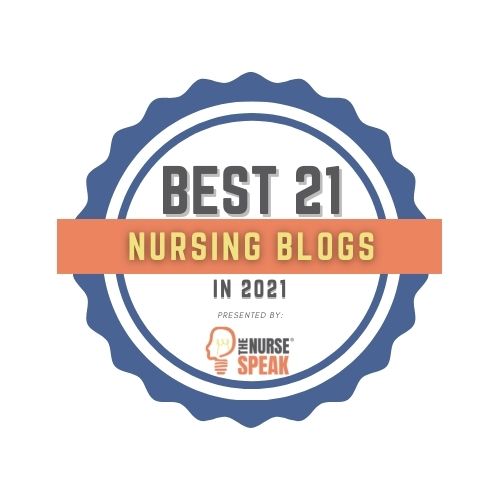
Safety First!
This article was originally posted on Calling All Nurses – There are many challenges that nurses face when it comes to delivering high quality care for their patients and their family members. One of the greatest challenges that we face in today’s rapidly changing healthcare system is maintaining the highest standards for patient safety. We nurses are bound to our oath to protect and do no harm to the ones who trust us in lending a healing hand.
In part 1 of this safety series, we will identify a substantial patient safety concern and offer nursing lead initiatives and solutions to bring patient safety back to the forefront of our healthcare delivery system.
This week’s article focuses on one of nursing’s biggest challenges – Unsafe Staffing Ratios.
“One too few” – A common phrase used by nursing staff to summarize the inadequate staffing ratios that healthcare institutions continue to support. Unsafe nursing staffing ratios continue to place strain on achieving positive patient health outcomes, and nursing job satisfaction across our nation. Having an upwards of 8 or more patients per RN in an acute healthcare setting, or more than 15 patients in a sub-acute healthcare setting has been the norm for far too long now. As our healthcare system grows to become more demanding of the nursing staff – more treatment options, more medications, more technology, longer working hours, more complex patient illnesses – the status quo for nurse to patient staffing ratios has become extremely unsafe.
According to an article posted in The American Nurse, an official publication of the American Nurses Association, when it comes to achieving high standards of care, optimal patient outcomes and institutional financial growth, safe staffing ratios should be considered as a necessity. Unfortunately, many healthcare institutions have not set standards for safe staffing ratios and continue to base their nursing staff ratios on a grid that only reflects patient body count, not taking into consideration RN experience levels, patient acuity, or available supportive personnel. This poses many risks to patient safety and even the most skilled nurses have failed at maintaining the highest standards for patient safety within these calamitous circumstances.
In an effort to improve staffing ratios across our nation, the American Nurses Association, and each individual State Nurses Association have been organizing an array of offensive strategies to bring the pass of legislation that can force the hands of institution administrators to implement safe staffing ratios based on the advice and expertise of our nation’s greatest nursing leaders. An example of this process includes a Registered Nurse Safe Staffing Bill that was submitted by the American Nurses Association to Congress in May of 2013. In this bill, it is explicitly stated that “The bill would require hospitals to establish committees that would create unit-by-unit nurse staffing plans based on multiple factors, such as the number of patients on the unit, severity of the patients’ conditions, experience and skill level of the RNs, availability of support staff, and technological resources.”
To date, seven states have implemented nurse safe staffing legislation that closely resembles the American Nurses Association’s recommended approach to ensure safe staffing, utilizing a hospital-wide staffing committee in which direct care nurses have a voice in creating the appropriate staffing levels, and a total of 14 states have implemented laws that address nursing staffing ratios. These states include: CA, CT, IL, MA, MN, NV, NJ, NY, OH, OR, RI, TX, VT and WA. For more information on these efforts, you can visit the Nurse Staffing page on the American Nurses Association website.
As of this very moment, the fight for nationwide safe nurse staffing ratios continues, though I am confident that our compassion and dedication to protecting our patients will bring about the positive change that we all deserve.
Best Wishes!
-Damion











